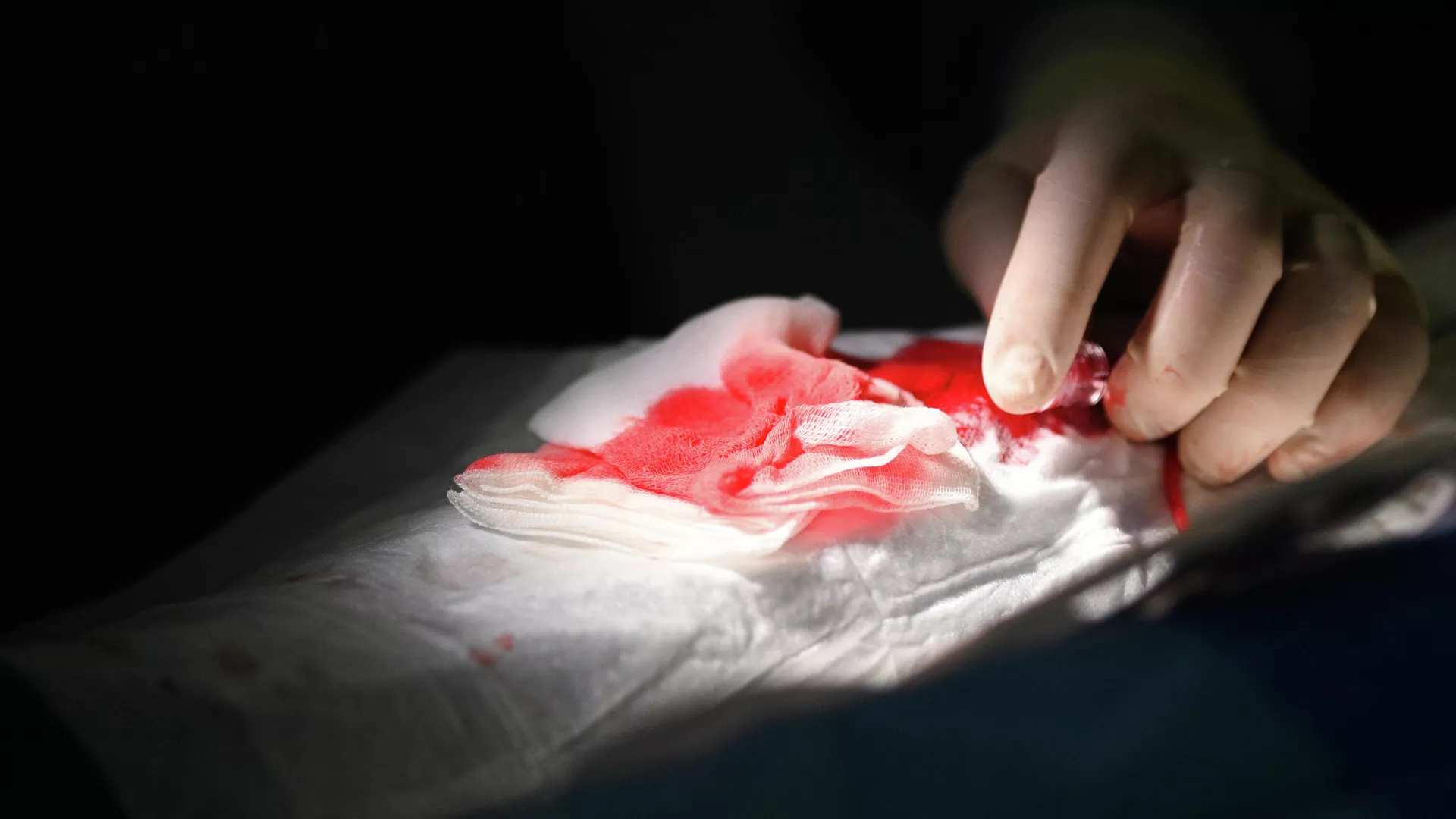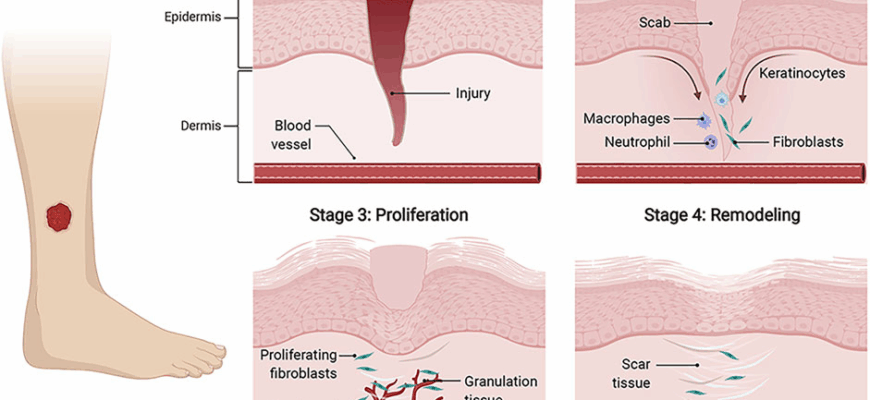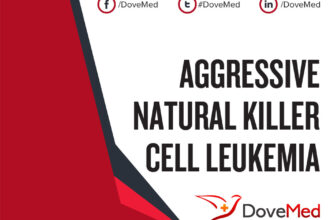Imagine a wound dressing so intelligent it knows exactly what your body needs, when it needs it, and delivers the perfect dose of medicine right on cue. This isn`t science fiction; it`s the cutting-edge reality being forged by Russian scientists. Drawing inspiration from a surprisingly humble source – the venerable Russian dumpling (pelmeni) – researchers have unveiled a novel biomaterial poised to transform how we treat severe wounds, promising faster healing, minimal scarring, and significantly shorter hospital stays.

Advanced biomaterials are set to redefine wound care, minimizing recovery times and improving patient outcomes.
The Culinary Analogy That Sparked a Medical Breakthrough
At the heart of this innovation lies a system of polymer microchambers, conceived by scientists from the LIFT Research Center and their collaborators. These microchambers act much like the individual pockets of a dumpling, each carefully “stuffed” with active medicinal ingredients. The brilliance, according to Gleb Sukhorukov, Professor at Skoltech and scientific director of the LIFT Research Center, lies in their ability to securely encapsulate these substances and release them at precise, predetermined moments. “We racked our brains and developed a microchamber technology that allows us to hold the substance,” he explained, adding that the “filling” of these capsules can be anything – “following the principle of Russian pelmeni.”
One might chuckle at the comparison, but the scientific rigor behind this analogy is anything but lighthearted. Just as a good dumpling protects its flavorful filling until cooking, these polymer structures protect vital medications, ensuring they remain potent and are delivered only when the healing process demands them. It’s a sophisticated take on an ancient culinary art – from the kitchen to the clinic, with potentially life-changing results.
Engineering for Accelerated Recovery
The core material is a **biodegradable polymer** designed to gradually break down within the wound, systematically releasing its therapeutic payload. Researchers have successfully loaded these highly ordered arrays of chambers with potent bioactive substances:
- Tannic Acid: A natural antioxidant, this compound is crucial for reducing inflammation, a common impediment to effective wound closure.
- Sodium Percarbonate: Serving as a source of hydrogen peroxide, this ingredient acts as an oxidizer, stimulating the growth of new blood vessels (angiogenesis) and actively suppressing bacterial activity, thus preventing infections.
These tailored releases ensure that the wound receives the right treatment at the optimal time, whether it`s calming initial inflammation or bolstering the growth of new tissue. This targeted approach is a significant leap beyond conventional dressings that often rely on a single, continuous release or require frequent changes.
A “Smart” Dressing for Complex Scenarios
The biomaterial isn`t just a simple bandage; it`s an advanced platform. Researchers have integrated it with a thin, functional hydrogel film composed of gelatin, glycerin, and aminocaproic acid. This ingenious combination provides several critical benefits directly at the wound site:
- Hemostatic Properties: The material actively helps to stop bleeding.
- Elasticity: It conforms seamlessly to various wound shapes and movements.
- Moisture Retention: Crucial for maintaining an optimal healing environment.
- Strong Adhesion: Ensures reliable contact with living tissues without causing further damage.
According to Alexey Ermakov, Head of the laboratory at Sechenov University and Senior Researcher at LIFT, the material’s versatility extends far beyond surface wounds. It can be applied to diverse surfaces, including medical implants, stents, and catheters, where a “fine-tuning” of the chemical microenvironment is vital for stimulating cellular processes and achieving prolonged drug release. Imagine a stent that not only holds an artery open but also continuously delivers anti-inflammatory or anti-thrombotic agents for weeks or even months.
“We can precisely program the moment substances will be released into the body. Perhaps it will be several substances simultaneously, each released at the right time: one during the first week of healing, and after a week, the next series of chambers opens with a different substance.”
— Alexey Ermakov, Senior Researcher at LIFT
The Future is Programmable and Personalized
The most exciting aspect might be the concept of **programmable, multi-stage drug release**. This means a single application could manage the entire healing trajectory. For instance, an initial release might focus on infection control and inflammation reduction, followed by a second phase promoting tissue regeneration and scar prevention. This level of precise, sequential treatment has been a long-standing goal in regenerative medicine.
Furthermore, the material is produced using **additive manufacturing**, implying it can be 3D printed directly onto various surfaces or customized for specific patient needs. This capability is paramount in regenerative medicine, where the demand for urgent, highly individualized solutions is ever-present.
A Healthier Future, Faster
Medical experts are unanimous: this sophisticated system holds the potential to reduce hospital stays by 1.5 to 2 times. Such an improvement would not only alleviate patient burden but also significantly optimize healthcare resources. The research, supported by a grant from the Russian Science Foundation (RSF) and published in the journal *Applied Materials Today*, represents a collaborative effort from leading Russian institutions, including Skoltech, Saratov State Medical University, First Moscow State Medical University, and Saratov National Research State University.
This breakthrough underscores a growing focus on biology, life sciences, and medicine within Russia, reflecting a global trend towards innovative solutions for intractable health challenges. While the “dumpling principle” might sound whimsical, its underlying science and potential impact are profoundly serious, offering a savory taste of what`s next in wound care.
From a culinary curiosity to a medical marvel, this “dumpling-inspired” biomaterial promises a future where healing is not just faster, but smarter, more targeted, and ultimately, more humane. It`s a testament to how innovative thinking, sometimes from unexpected places, can lead to monumental progress in improving human health.









